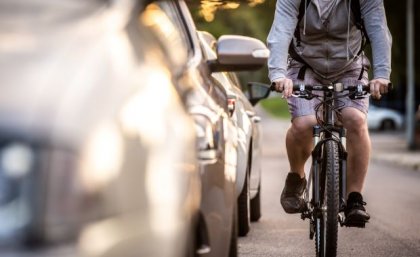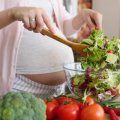
Cyclists in Brisbane don’t take the shortest or flattest routes, but rather plan their journeys to minimise traffic stress according to research from The University of Queensland.
Researchers Tmnit Halefom and Dr Dorina Pojani from UQ’s School of Earth and Environmental Sciences said the findings suggest barriers to bike use in the city may have been misunderstood.
“We’ve always assumed factors like the hilliness of Brisbane would be one of the main deterrents to cycling,” Ms Halefom said.
“But the cyclists in our study, especially women and recreational cyclists, were choosing steeper streets or longer routes solely to avoid traffic.
“In fact, we found cyclists in Brisbane are so affected by traffic stress they’re doing almost anything they can to avoid it.”
The researchers collated and analysed data including more than 3,300 GPS-tracked ride logs, information about road types, cycling infrastructure and topography.
They developed an Average Traffic Stress index, or ATS, and applied it to roads across Brisbane.
“The ATS index allowed us to measure the stress level for cyclists from riding on roads with heavy and fast-moving traffic, where the potential for conflict is high,” Ms Halefom said.
“We looked at street and infrastructure quality, traffic density and intersections as well as the age and gender of cyclists and the frequency of their trips.
“It revealed some interesting trends - including that younger male cyclists, who made the longest trips at higher speeds and travelled on roads with more traffic, reported the highest ATS index.
“We found female cyclists were more likely to avoid major roads and take longer detours so they could travel along quieter paths.”
Dr Pojani said the research demonstrated that councils and communities across Brisbane needed to prioritise cyclists on roads, particularly along busier routes.
“Cyclists should be able to feel completely protected from higher-speed motorised traffic,” Dr Pojani said.
“Cycling lanes along major roads should be physically separated from car and parking lanes.
“Enclosing cycling paths visually with trees and shrubs may help lower cyclist stress,” she said.
Dr Pojani said it was also important to increase connections between low-traffic streets that lead to important destinations like schools, offices, shopping centres and entertainment venues.
“There’s plenty of work for us to do if cycling is to contribute meaningfully to society’s goals of environmental sustainability, public health and urban liveability,” she said.
“It’s time to lower the stress on cyclists and make cycling a breeze.”
The research is published in Case Studies on Transport Policy.
Media: Dr Dorina Pojani, d.pojani@uq.edu.au, +61 (0)473 989 847; Faculty of Science Media, science.media@uq.edu.au, +61 (0)438 162 687.
.jpg)











